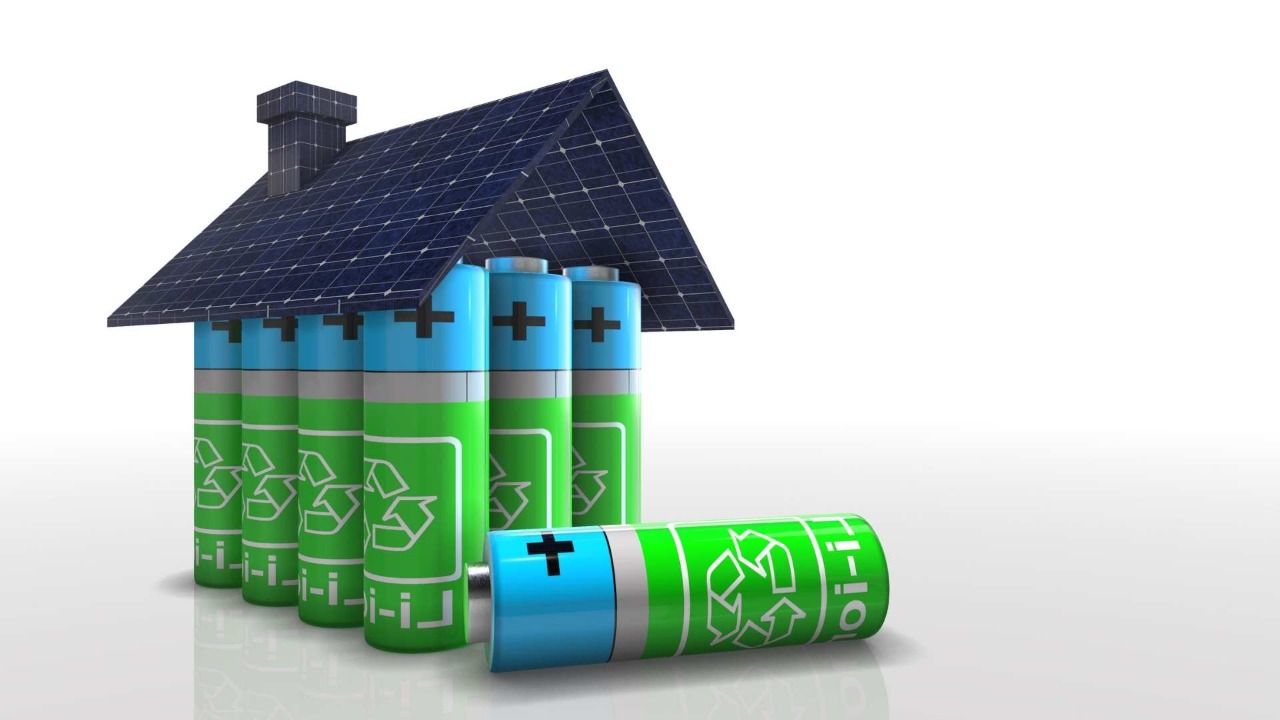Rise and shine with solar
Not sure where to start?
Dealing with the energy crisis globally and locally, solar power has become the need of the day. Well, we are here to help you out. You might be curious about finding the solar solution that is most suited for you. Not sure where to start? Let’s begin with the basics.
Here are the three main types of solar power systems:
1. On-grid - also known as a grid-tie or grid-feed solar system

This is the most common and widely used solar power system in homes and businesses. These systems do not need batteries and use either solar inverters or micro-inverters and are connected to the public electricity grid. Any excess solar power generated is exported to the electricity grid and you usually get paid a feed-in-tariff (FiT) or credits for the energy you export. When your solar system is not operating, or you are using more electricity than your system produces, you will start importing or consuming electricity from the grid.
2. Off-grid - also known as a stand-alone power system (SAPS)

An off-grid system is not connected to the electricity grid and therefore requires battery storage. Off-grid solar systems must be designed appropriately so that it will generate enough power throughout the year and have enough battery capacity to meet the home’s requirements, even during power outages or in geographic regions where is generally much less sunlight. In an off-grid system, there is no public electricity grid. Once solar power is used by the appliances on your property, any excess power will be sent to your battery bank. Once the battery is full it will stop receiving power from the solar system. When your solar system is not working (night time, power outages, or cloudy days), your appliances will draw power from the batteries.
3. Hybrid - grid-connected solar system with battery storage

Hybrid systems combine solar and battery storage in one and are now available in many different forms and configurations. When the stored energy is depleted, the grid functions as a backup, allowing you to have the best of both worlds.
The battery bank. In a hybrid system, once the solar power is used by the appliances on your property, any excess power will be sent to the battery bank. Once the battery bank is fully charged, it will stop receiving power from the solar system. The energy from the battery can then be discharged and used to power your home, usually during the peak evening period when the cost of electricity is typically at its highest.
The meter and electricity grid. Depending on how your hybrid system is set up and once your batteries are fully charged, excess solar power not required by your appliances can be exported to the grid via your meter. When your solar system is not in use, (and if you have drained the usable power in your batteries), your appliances will then start drawing power from the grid.